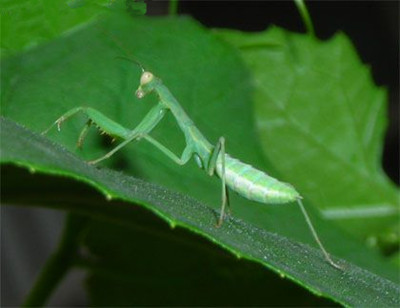(单词翻译:单击)
A number of animals, including honeybees and butterflies, use sunlight's polarization in their navigations, but the dung beetle is the first animal ever discovered to use moonlight's polarization to guide its travels.
很多的动物都根据阳光的自然偏振作用来为自己寻找方向,这些动物甚至包括蜂鸟和蝴蝶。然而,大千世界无奇不有,科学家们发现蜣螂很不一样—它们依靠月光的偏振来完成它们的“旅行”。

Polarization happens when some of the light from the sun interacts with particles in the atmosphere, causing the light to vibrate along a single plane.
这种偏振现象是由于阳光与大气中的粒子相互作用,使光在一个单一的平面上振动而产生的。
Polarized light is invisible to the human eye.
在这里必须提及的是—人眼是感受不到光的偏振的。
It's been known for some time that the eyes of some insects are sensitive to polarized sunlight, but what is remarkable about the dung beetle is that moonlight is one millionth the strength of sunlight and requires a good deal more of a pair of eyes.
人们很早就发现了一点:动物的眼睛很是敏感,它们能够感受到光的偏振。这就不足为奇了,蜣螂最值得让我们去注意的是—月光的强度仅仅是阳光强度的百万分之一,必须要多很多对眼睛才能够感受得到。


